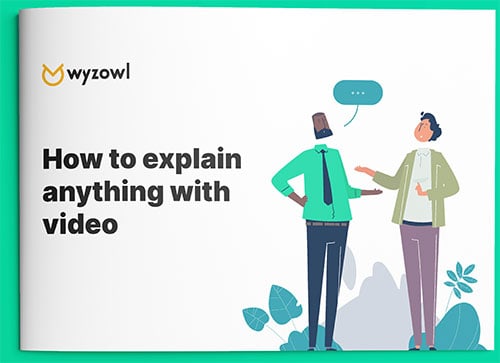Last updated on 22nd November 2023
If you have a website, it’s highly recommended that you have a sitemap. Sitemaps can be easily interpreted by search engines’ automated crawling robots, helping them to determine the theme of your website and eliminating any crawling errors. Sitemaps ensure all your web content is scanned and the structure of your site is fully and accurately represented.
A video sitemap takes this concept one stage further: it allows you to notify the search engine crawlers of any video content you have on your site. Because video content inherently has no keywords or text content bundled with it (at least not in any scannable format), video sitemaps are a very effective way of getting your videos included in search results.
If you use a video sitemap, your videos will also appear in Google Video, a dedicated video section on the Google website. This will help boost your SEO, bring traffic to your site and get your videos noticed by more people, particularly those who prefer to watch a video than read long web pages.
Contents
Why are video sitemaps different from ordinary sitemaps?
Video sitemaps contain metadata about each video you have on your site, helping Google to accurately present these videos in search results. The data you place into the video sitemap must match the actual content of the video for Google to use it. Video sitemap metadata includes things like the length of the video, a title and a short description of the video content.
Why do I need a video sitemap?
Although there’s no guarantee that the details in a video sitemap will be fully utilised by search engines, it can really help to boost your presence in search results when they are. Also, consider the fact that a video will always stand out among a sea of text-based results, and this alone can bring more pageviews.
Research by Searchmetrics suggests that 62% of universal searches on Google include a video. If you’re investing in great quality video content, it makes sense to ensure people can find it easily, and it pays to harness the power of sitemaps to ensure the best possible ROI.
How do I create a video sitemap?
Video sitemaps can be created by adding video metadata to your existing sitemap. This can be done by hand but there are easier ways. Various online generators allow you to create a video sitemap, including the video sitemap generator at XML-Sitemaps.com. The script detects all the video content on your site (providing it’s in a supported format) and outputs a sitemap within a few seconds. Full specifications can be found on the XML-Sitemaps.com blog.
If you prefer, you can also use mRSS, a revision to the RSS protocol, to create a video sitemap. Unlike plain RSS, mRSS has more flexibility for including details about multimedia files.
Note that Google only accept video sitemaps with less than 50,000 video items, and your sitemap must be less than 50MB in size. Unless you’re running a large video hosting site like Vimeo or YouTube, that’s unlikely to bother you.
Once your sitemap is created, you can use Google’s free Search Console website to submit it in the same way you’d submit a normal sitemap. Providing you have good video content and your sitemap is correctly formatted, you should start to see a real benefit from giving Google’s crawlers this extra helping hand in locating your video content.
For more tips, guides and inspiration for all things video, why not take a trip to our blog.







